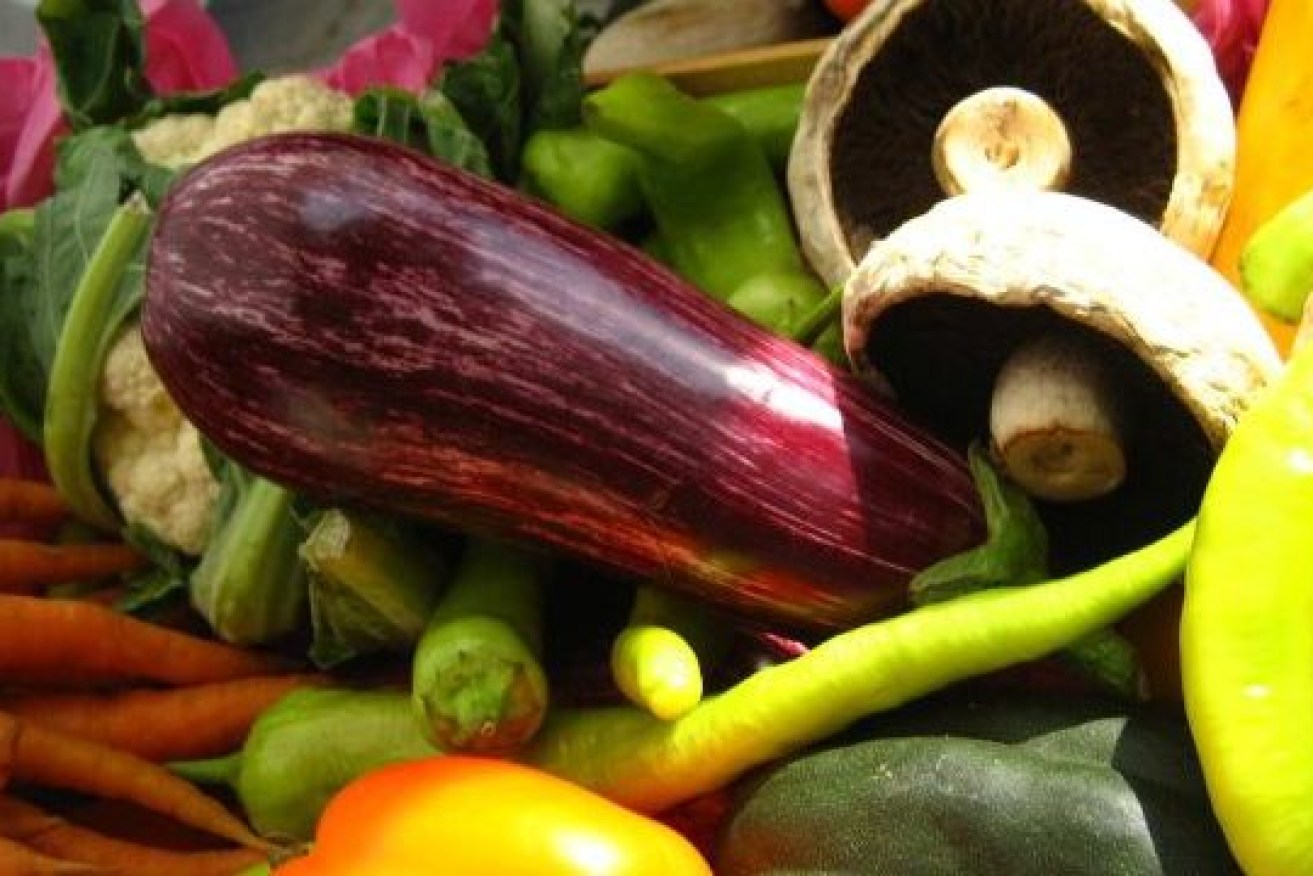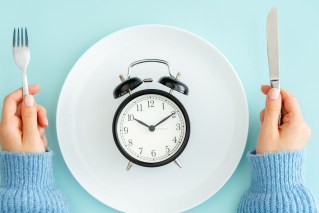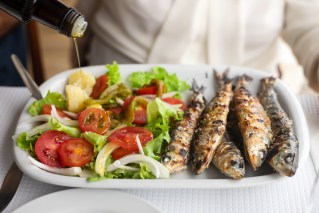How to cook vegetables that boost your immune system during the coronavirus pandemic

Vegetables are a great source of vitamins and minerals if they are cooked correctly. Photo: FlickR/Jeremy Keith
Ever had a meal where the vegetables were so overcooked and tasteless that you wondered if there was any nutritional value left in them?
Vegetables are a good source of fibre, vitamins, minerals, and a group of substances called phytonutrients or phytochemicals.
Getting the most out of our vegetables is critical to support our immune system during the coronavirus pandemic.
Although cooking makes many vegetables easier to digest, cooking them for too long at high temperatures, or with too much water turns them into a tasteless mush and leaches away nutrients.
This is especially so for vegetables that contain water-soluble vitamins (vitamin C, B1, B2, B3 and folate).
Minerals such as calcium, potassium, iron and zinc, which are not very water soluble, can also be leached out when the plant structure breaks down with extended cooking times.
On the other hand, cooking can increase the availability of specific vitamins, minerals and phytonutrients (compounds that often give plants their colour and have antioxidant and other health benefits) that are bound to structures within the vegetable, including different types of fibre or structures inside cells.
The impact of cooking and food processing on total vitamin, mineral and phytonutrient depends on which you cook, how you cook them, and for how long.
Pros and cons of different cooking techniques
If you want to retain a range of water-soluble vitamins, flavonoids (antioxidant phytonutrients found in spinach, onions, blueberries, apples, tea) and glucosinolates (sulfur compounds found in broccoli, brussels sprouts, cabbage cauliflower and kale) steaming, stir-frying and microwaving are the best techniques to use.
Steaming
Steaming is fairly quick, but you need to check regularly to make sure the vegetables don’t overcook.
Many appliances can be used for steaming, from a metal steamer inside a regular saucepan, to a bamboo steamer placed over a wok or saucepan, to a steaming oven.
By placing vegetables over the steam with the lid on, and not in the water, you retain more water-soluble vitamins.
Stir-frying
Stir-frying cooks vegetables with a small amount of oil over high heat for a minimal amount of time before being served. This means a large proportion of the nutrients are retained.
The only disadvantage of stir-frying is that it may not cook some vegetables, such as sweet potato, enough for your liking.
Microwaving
Microwaves heat the water molecules inside the vegetables so you don’t need to add any water.
To make sure they cook, and retain nutrient evenly, cut vegetables into same-sized pieces and cook in a microwave-safe dish with the lid on for two to four minutes or until cooked.
Stewing
Unlike the previous methods, stewing causes loss of water-soluble nutrients because of the heat, water and long cooking time.
But the good news is that you can include lots of vegetables, herbs or spices, with the other ingredients in a stew.
By adding a bigger volume and range of vegetables your dish will have a high nutrient content, even if some water-soluble nutrients have broken down.
Also by eating the stewing ‘gravy’ you will consume the nutrients that have leached into it.
Surprisingly, stewing or a slow-cooking increases the availability of carotenes.
These pigments give plants their colour and are used in photosynthesis.
They are found in asparagus, broccoli, carrots, corn, kale, pumpkin, red capsicum, spinach, sweet potato and tomatoes.
Roasting and frying
Frying at a high temperature for a short time will lead to loss of water-soluble vitamins compared to stir-frying or microwaving, though not as much as boiling or cooking for longer periods of time.
Frying oil can be a good source of vitamin E and leads to an increase in vitamin E content of fried foods, but the oil absorbed by fried foods means it is much higher in kilojoules and leads to weight gain.
A small boiled potato (50 grams) contains about 130 kilojoules but dipped in batter and fried, a small potato scallop (70 grams) contains 950 kilojoules.
Frying has no impact on mineral content (potassium, iron, zinc, calcium), but fried foods are not usually a good source of minerals to start with.
Tips to boost your nutrient intake
- Have a variety of vegetables regularly
- Have some vegetables raw each week
- Don’t soak vegetables in water before cooking
- Use an oil-based salad dressing to boost intake of those soluble in fat
- Vary your cooking techniques
- Add extra vegetables to stews and casseroles to boost overall nutrient intakes.
Clare Collins is a professor of nutrition and dietetics at the University of Newcastle, where she’s also the director of Research in the School of Health Sciences.













